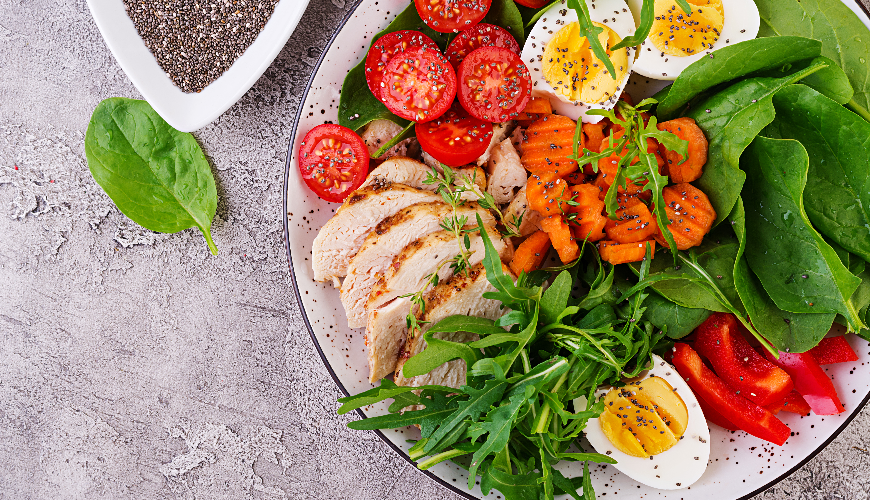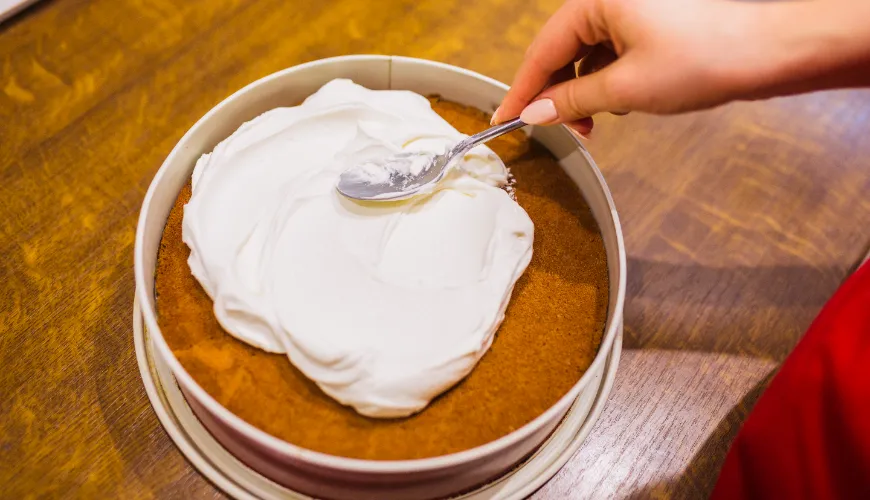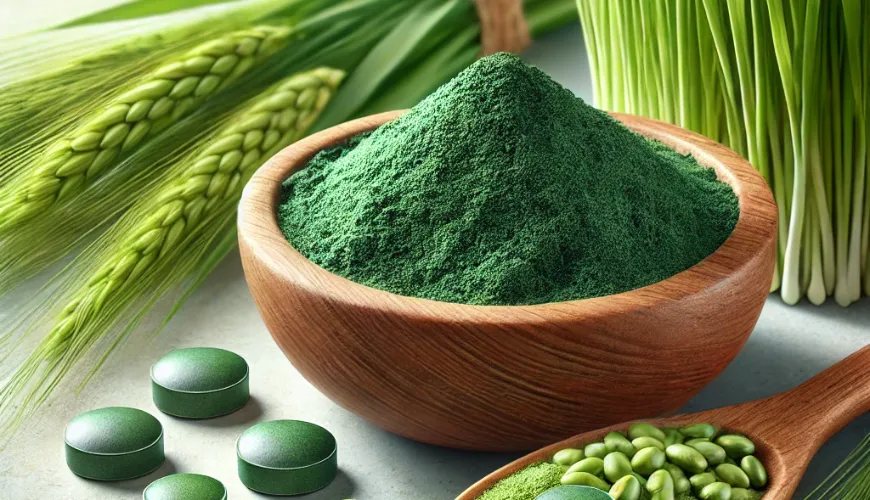
How to Make Whipped Cream Smooth, Creamy, and Light

How to Make Whipped Cream: Secrets to a Fluffy and Firm Consistency
Whipped cream is one of the most popular additions to sweet dishes. Just add it to a cake, dessert glass, pancakes, or coffee, and an ordinary dessert transforms into a luxurious treat. Although its preparation seems simple, mistakes often occur that can prevent the whipped cream from holding its shape, leave it runny, or even turn it into butter. By mastering a few basic principles, you'll always be able to whip cream with the perfect structure.
The very first and crucial step lies in the correct choice of cream. Not all creams are suitable for whipping, so it's important to choose one with at least 30% fat. The ideal choice is 33% cream, which whips easily and results in a beautifully firm and fluffy texture. Using cream with a lower fat content would never achieve the desired consistency because fat is what creates a stable structure.
Temperature is Key to Success
An equally important factor is the correct temperature. The cream must be thoroughly chilled, ideally stored in the fridge for several hours before whipping. A chilled bowl and mixer beaters can also help, as a cold environment supports better fat particle bonding and stabilization of the final mass. Warm cream would not only be harder to whip but could lead to rapid fat separation, ruining the entire process.
Proper Whipping Technique
Once you have the right cream and prepared tools, it's time for the actual whipping. Many people make the mistake of immediately turning the mixer to the highest speed. However, the best strategy is to start slowly and gradually increase the speed. First, the cream will aerate and begin to thicken until it transforms into a fluffy mass after a few minutes. Once it starts forming firm peaks and holds its shape, it's the right time to stop. Over-whipping can cause the fat to separate, resulting in butter rather than light whipped cream.
How to Flavor and Enhance Whipped Cream
If you want to flavor the whipped cream, there are several options. The most commonly used is powdered sugar, as it dissolves quickly and leaves no lumps. Some prefer vanilla sugar or honey, which provide a more delicate aroma. Sugar or other sweeteners are best added when the cream is almost ready so as not to affect the whipping process.
Firmness and stability of whipped cream can be extended in several ways. If you want to keep it in perfect condition for as long as possible, you can add a whipped cream stabilizer, which helps maintain its fluffy structure. Alternatively, you can use a bit of mascarpone or cream cheese, which will give it a firmer consistency without affecting the taste. Another option is gelatin dissolved in a bit of water, which will help the whipped cream remain stable even on a cake or dessert.
How to Properly Use Whipped Cream
Whipped cream can be used in many ways. It is excellent for cakes, roulades, dessert glasses, but also in coffee or as an addition to fruit. If you want to use it for decoration, it is important that it has the right consistency and holds its shape even after some time. Variations with chocolate, fruit, or coffee will give the whipped cream a new dimension and complement it wonderfully.
While making whipped cream is simple, achieving a perfect result requires attention to several key aspects. The right cream, sufficient cooling, patient whipping, and proper timing are fundamental factors that influence the final outcome. If you adhere to them all, you'll achieve perfectly fluffy and delicious whipped cream that elevates any dessert to a masterpiece.

